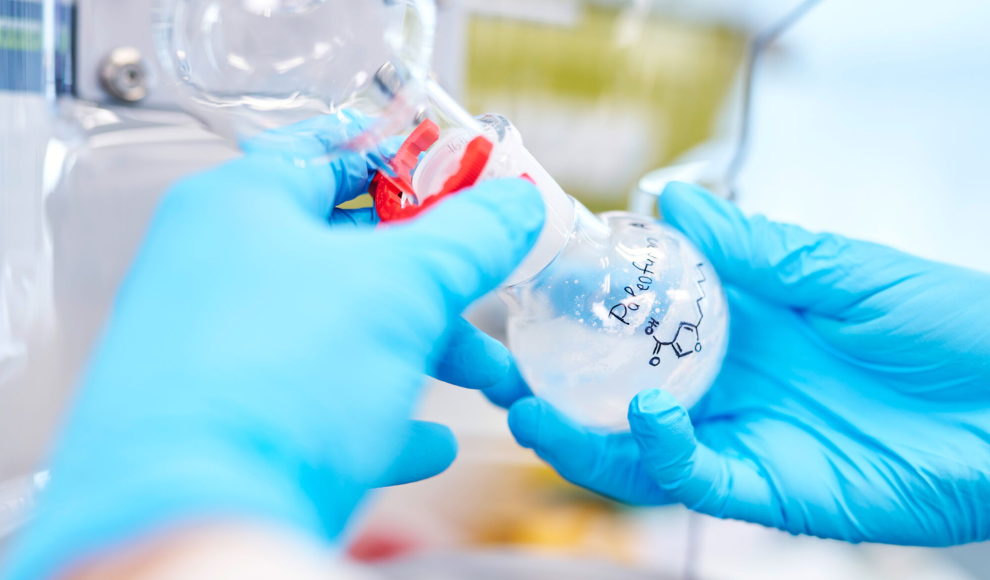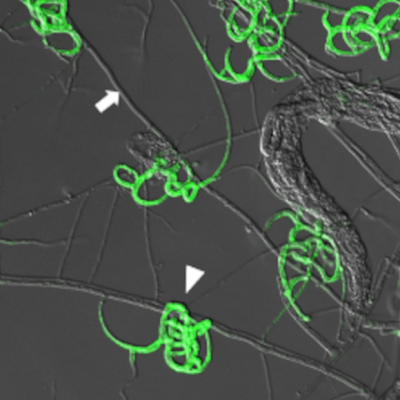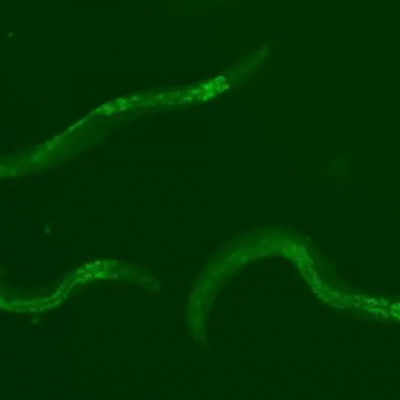In a groundbreaking study, researchers have reconstructed the genetic blueprint of ancient bacteria and used modern microbes to recreate them. These prehistoric biomolecules offer new insights into chemical evolution and could contain new drugs. Until now, scientists have only searched for unknown natural substances in living bacteria, as prehistoric biomolecules are difficult to detect. However, their composition is often preserved in the form of DNA. Researchers from the Leibniz Institute for Natural Product Research and Infection Biology, the Max Planck Institute for Evolutionary Anthropology, and Harvard University have partially closed this research gap. They have successfully recreated substances produced by bacteria hundreds of thousands of years ago, called Palaeofuranes, using DNA from ancient bacteria as a basis.
Reconstructing ancient DNA is complex, as the blueprints for these molecules are often broken down into tiny pieces. Despite this, the researchers were able to reconstruct prehistoric genes from fragments up to 90,000 years old and produce the molecules they encoded. They used 40,000 to 100,000-year-old dental calculus from Neanderthals and modern humans as source material. The researchers were able to extract the genomes of ancient bacterial species from the mineralized remains of different bacteria using special extraction methods and bioinformatic analysis.
The researchers also discovered previously unknown representatives of the genus Chlorobium in human oral flora. Interestingly, all seven Chlorobium genomes contained a special biosynthesis gene cluster that codes for enzymes with previously unknown functions. The researchers then integrated the newly discovered genes into living bacteria using advanced biotechnological methods, which synthesized functional enzymes. This is the first successful attempt to apply such techniques to bacterial DNA tens of thousands of years old. The reactivated enzymes generate a new group of microbial natural substances called Palaeofuranes.
This study is a significant milestone in uncovering the enormous genetic and chemical diversity of our microbial past. It offers new insights into chemical evolution and could lead to the discovery of new drugs. The researchers hope to systematically classify billions of unknown ancient DNA fragments into long-lost bacterial genomes from the Stone Age.










